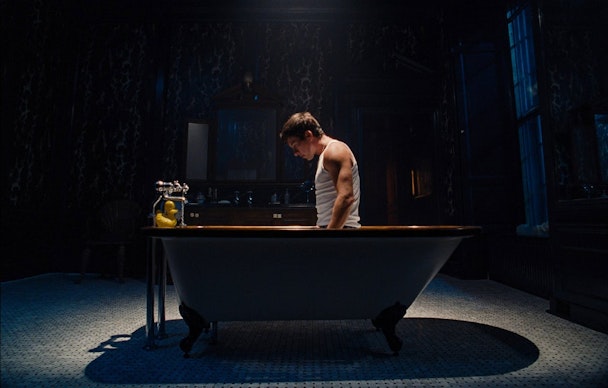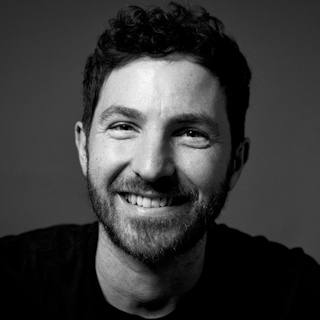Make ads more like Saltburn – the public will lap them up
Saltburn generated too many watercooler moments to count. VCCP’s Alex Horner explains why we should all bathe in the lessons from the Oscar-snubbed movie. And yes, there’s some spoilers ahead.

Everyone’s talking about it. That scene. You know the one. From the film, you’d previously never heard of. Or maybe it’s that moment from the music video. Or THAT outfit at the awards ceremony. The moments in culture that seem to inexplicably cut through.
If you’re anything like me, you look at such moments not only with a sense of bafflement but increasingly intense jealousy. How do they do it? How is it that this campaign we’re spending literally millions on achieves very little in the way of fame in comparison to a gross-out scene from a relatively low-budget British film production? I beg of you, tell me the secrets to their success.
Let’s take Saltburn as a case in point. The Oscar nominations are out, and the biggest film of Christmas, the runaway viral success on TikTok, the film with that scene, has earned precisely zero nominations. And you know what, judging by the money it’s already made and the manner in which it’s propelled itself into the beating heart of popular culture, it doesn’t matter one bit.
But hang on, what scene was I talking about?
Slurping (very) salty bathwater? The forbidden period blood tryst. The soily sex or the Sophie Ellis Bextor-scored nudity.
Critic Simran Hans put it better than I ever could when she suggested that these ‘set-piece’ moments have a “screen-shottable, meme-able quality, to the point where it actually works better out of context.” In other words, pop your cynical hat on, and you might posit that the film was built around a series of scenes designed to go viral on TikTok.
Advertisement
That a film attempted to garner fame via a controversial scene is nothing new, of course (Basic Instinct is really only remembered for one thing). What was interesting was that Saltburn included at least four distinct attempts to do so.
To be clear, this is not a suggestion that our campaigns need more grave sex or full-frontal nudity (though period blood certainly garnered Bodyform a lot of attention). It might instead mean more emphasis on designing ads with their own iconic, highly shareable ‘set-piece’ moments. Or, in a more general sense, becoming more comfortable with a ‘spread bet’ approach to fame akin to Saltburn’s. We need much more acceptance of the fact that not everything we try will work. Maybe we need to focus less on the ‘fewer, bigger, better’ mantra. Less on ideas that are signed off by an eye-watering number of stakeholders and tested to within an inch of their lives.
Advertisement
If we want to get more people talking about that brand, we need ideas that look less like what’s come before and more like that weird, trending thing we saw on TikTok the other day that’s brilliant for reasons we can’t quite put our fingers on. And if that doesn’t work, we need to get back into the bath and get the creative juices going once more.
So yes, popping any extra budget back into the TV plan will more or less guarantee a solid ROI and a lack of ruffled feathers. Or, we could get behind ideas that take more calculated risks, accept that our hit rate may be one in four at best, but comfort ourselves with the knowledge that if and when they do land, they might just make a far bigger impact than any 30-second spot ever could (and unlike Saltburn, they might even win our industry’s equivalent of an Oscar to boot).

